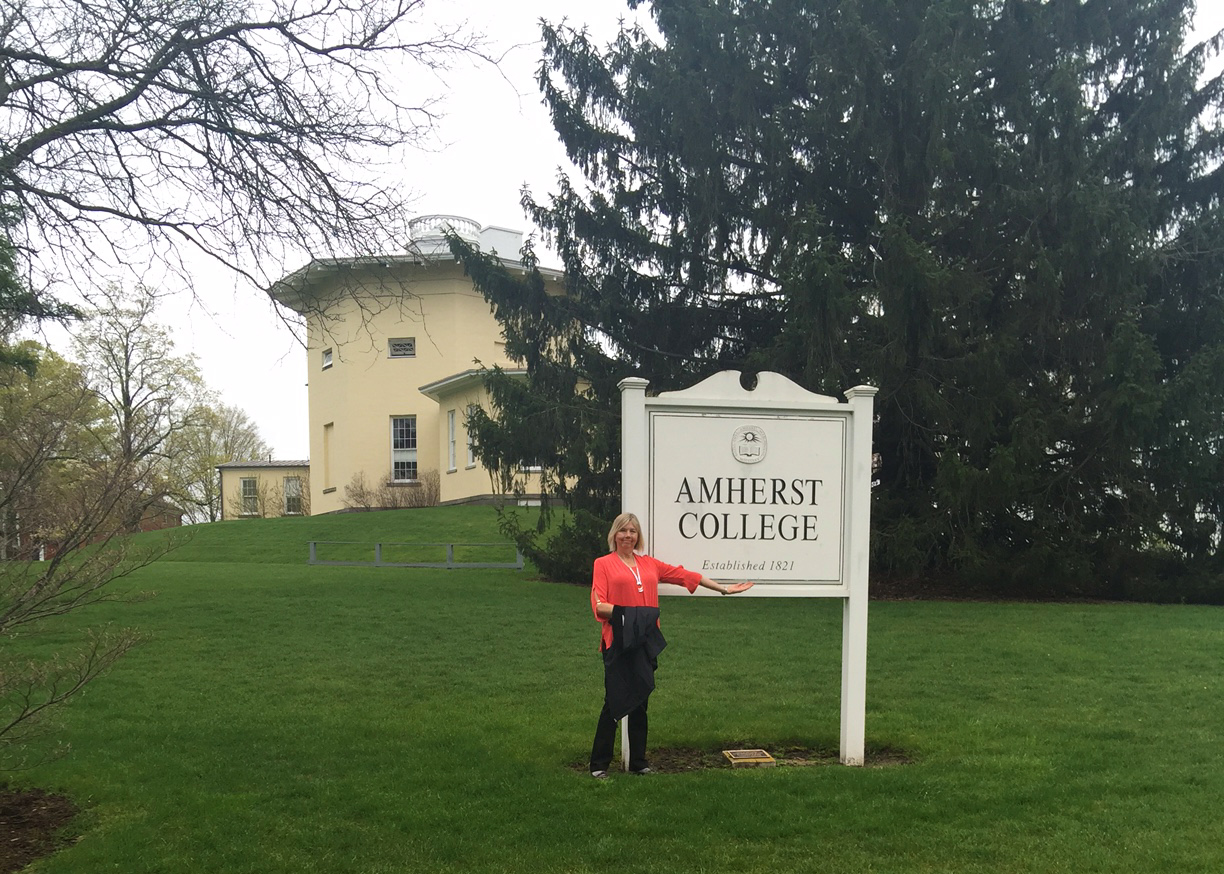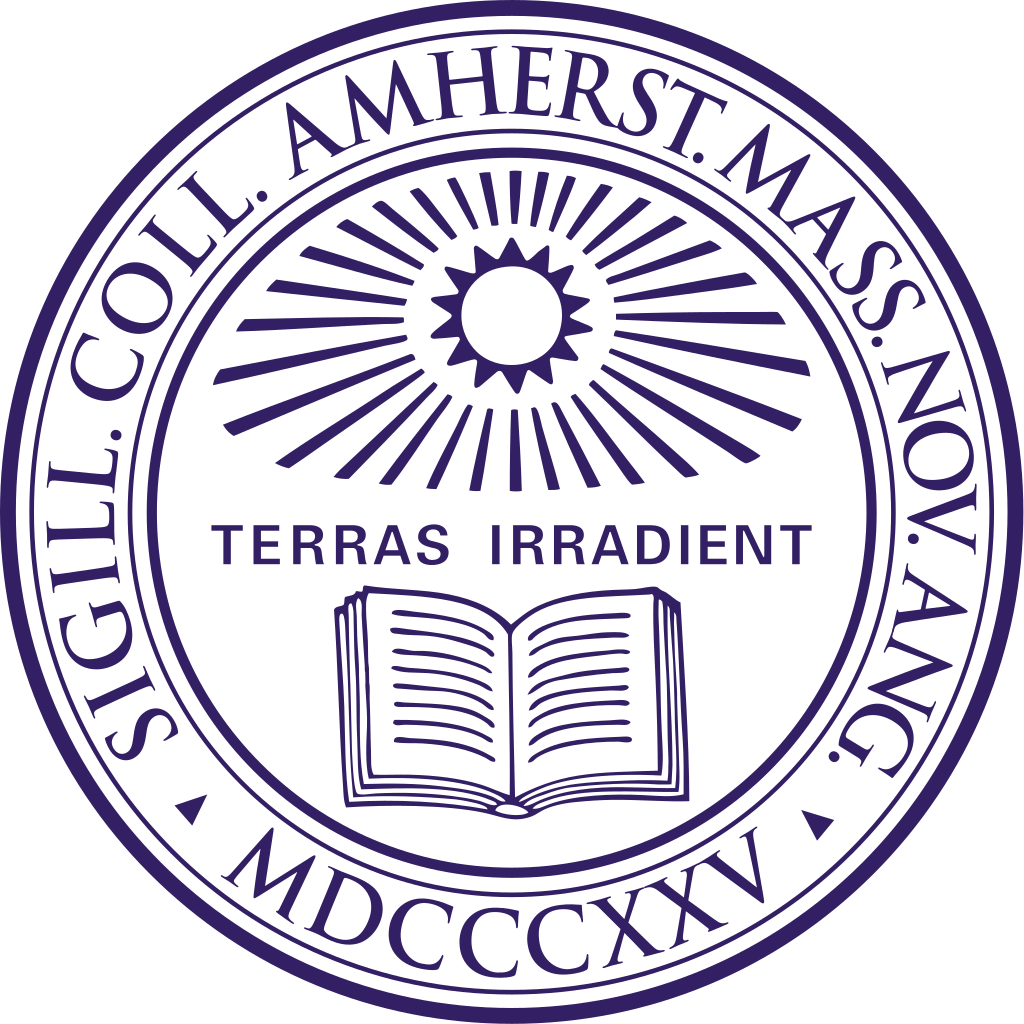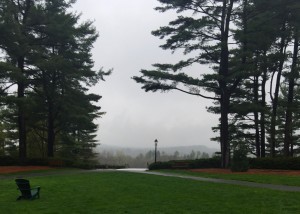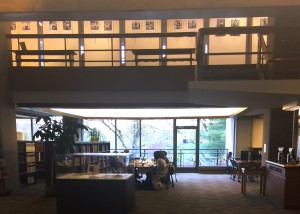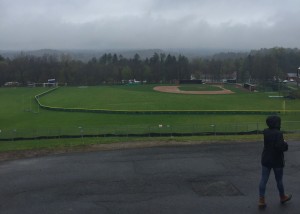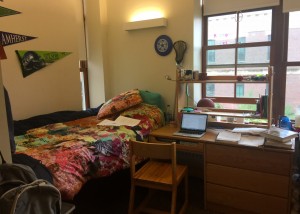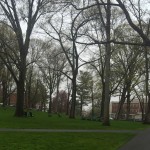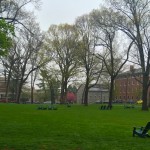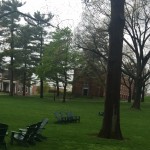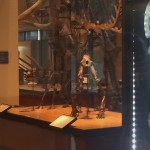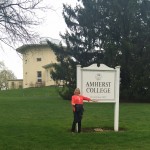About
A top-ranked, private liberal arts institution, nestled amongst quaint New England villages, Amherst College is the site of several historic “firsts”: the world’s first intercollegiate baseball game, the country’s first collegiate athletics program, and the nation’s first undergraduate neuroscience program. The 1,800 friendly and intelligent Amherst undergraduates reflect a commitment to geographic, socioeconomic, racial, and ethnic diversity. The institution’s motto is Terras Irradient, meaning “Let them give light to the world.” The jewel of the Amherst campus is a 500-acre Wildlife Sanctuary composed of open fields, wetlands, flood plain woods, a river, upland woods, plantation pines, and ponds.
Location
Located in the Pioneer Valley of western Massachusetts, a scenic 90 miles from Boston, the Town of Amherst (population 35,000) is a hilly, picture-perfect setting for locally-owned shops and specialty dining. The Town Common stretches for several blocks along Boltwood and Pleasant Avenues. During Daffodil Days, over 50,000 daffodil bulbs show their stuff in the Town Common, and talented local artists decorate the sidewalks with daffodil-themed murals. Judie Teraspulsky, owner of Judie’s Restaurant in downtown Amherst, is known for her delightful popover creations, including the Gumbo Popover and Turkey “Pop” Pie. One of the most popular places to stay overnight is The Lord Jeffery Inn, affectionately called “The Jeff.” Facing the Town Common and only a four-minute walk from Amherst College, the upscale inn uses geothermal heating and water-efficient landscaping.
Academics
Amherst’s open curriculum means all classrooms are filled with inquisitive, engaged students – who freely create interdisciplinary majors or double major across disciplines, such as math and music or physics and philosophy. Amherst professors are committed to teaching and mentoring, and each faculty advisor has only six to seven assigned students. As a member of the Five College Consortium (Amherst, Hampshire, Smith, Mount Holyoke, and University of Massachusetts at Amherst), students have access to 6,000 courses, eleven museums, and a library system with 11 million items. Senior theses are not required, but still, over 50 percent of inquisitive Amherst students pursue the option.
While Amherst does not offer an engineering major, students are able to participate in a 3/2 dual degree program at Dartmouth College. However, future engineers should be prepared to spend an extra year obtaining a degree which could be secured in four years at a more traditional engineering school.
A popular freshman seminar is “Encounters with Nature,” taught by Professors Nicola Courtright and Rick Lopez. Students explore the nature surrounding Amherst, including the college’s Wildlife Sanctuary.
Student Life
Amherst students are an interesting mix of intellectual jocks, artists, and social justice seekers. Amherst is known as the “The Singing College,” with six a cappella groups on campus. DQ – the oldest – is the only non-secular, co-ed group. Other singing opportunities, all part of the Choral Society, include the acclaimed Glee Club, Women’s Chorus, Madrigal Singers, and Concert Choir.
The hub is the Keefe Campus Center – home to the post office, movie theater, and game room; the Amherst Student newsroom and WAMH radio; Schwemm’s Coffee House; and student meeting and performance spaces. The Center for Community Engagement, the Multicultural Resource Center, and the Women’s and Gender Center are located here, too.
“Purple and White” student-athletes have blended academics and athletics for decades. The varsity teams have captured 11 NCAA Division III championships and 78 NCAA individual titles, and 33 athletes have earned spots on CoSIDA’s prestigious Academic All-America Team. At Amherst, club teams include some unexpected options: equestrianism, sailing, men’s and women’s rugby, and water polo, to name just a few.
The college draws thousands of art-loving visitors and students annually. The Mead Art Museum houses eight galleries and a wide-ranging collection of 18,000 items. It’s listed as one of the “35 Best College Museums” by Best College Reviews. There’s also the Bassett Planetarium, Beneski Museum of Natural History, Eli Marsh Gallery, Emily Dickinson Museum, and Russian Center Gallery.
Housing and Dining
Amherst guarantees on-campus housing for four years, and most upper class students choose to remain on campus. The options include 34 different residence halls; seven halls are centrally situated and designated for first-year students. Men and women live on the same floor, although single-gender floor options are available. Upper class students often organize “theme houses” – which may be actual houses or specific floors in the dormitories. For the 2016-17 school year, some of the theme houses will include the drug- and alcohol-free Health and Wellness Quarter, gallery-style Marsh Arts House, and the boisterous ZU: Humphries House Co-op.
Valentine Hall is the on-campus place to dine in a welcoming, family-like atmosphere. Book and Plow Farm (B & P), located near downtown Amherst, works closely with the college to supply vegetables for the dining hall and educational programming for students. Amherst students may pursue steady work study at B & P or simply work around the time of orientation or commencement and reunion.
Admissions
Amherst students are expected to take the most challenging high school classes available within all subjects to meet the highly-selective admissions standards. With no core curriculum, they must be responsible, focused, and embrace academic freedom and exploration. Applicants for the Class of 2020 totaled 8,397. The acceptance rate was 13.7%, and 38% of admitted students strategically applied early decision to secure a spot. Two Amherst readers review each application, decide whom to present to the admissions committee, and then build a story to capture and convey the essence of that student. The admissions committee, which includes faculty members, does not consider “demonstrated interest” or financial circumstances when deciding upon admittance. Alumni interviews are nonexistent. In the typical Amherst financial aid package, scholarship grants replace loans, which means a qualified student can graduate debt-free.
Who Would Be Happy Here?
A happy Amherst student is one who works hard, makes connections, is more collaborative than competitive, and displays intellectual curiosity. Amherst students are comfortable around professors and seek engaging relationships with peers and adult mentors. They support other Amherst grads through an active alumni network. Ninety-percent of Amherst students are graduate-school-bound lifelong learners.

